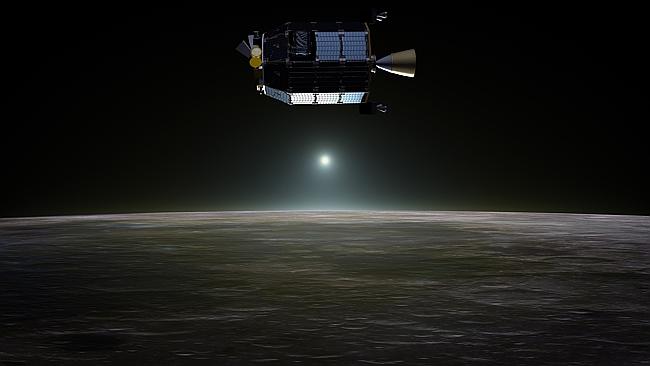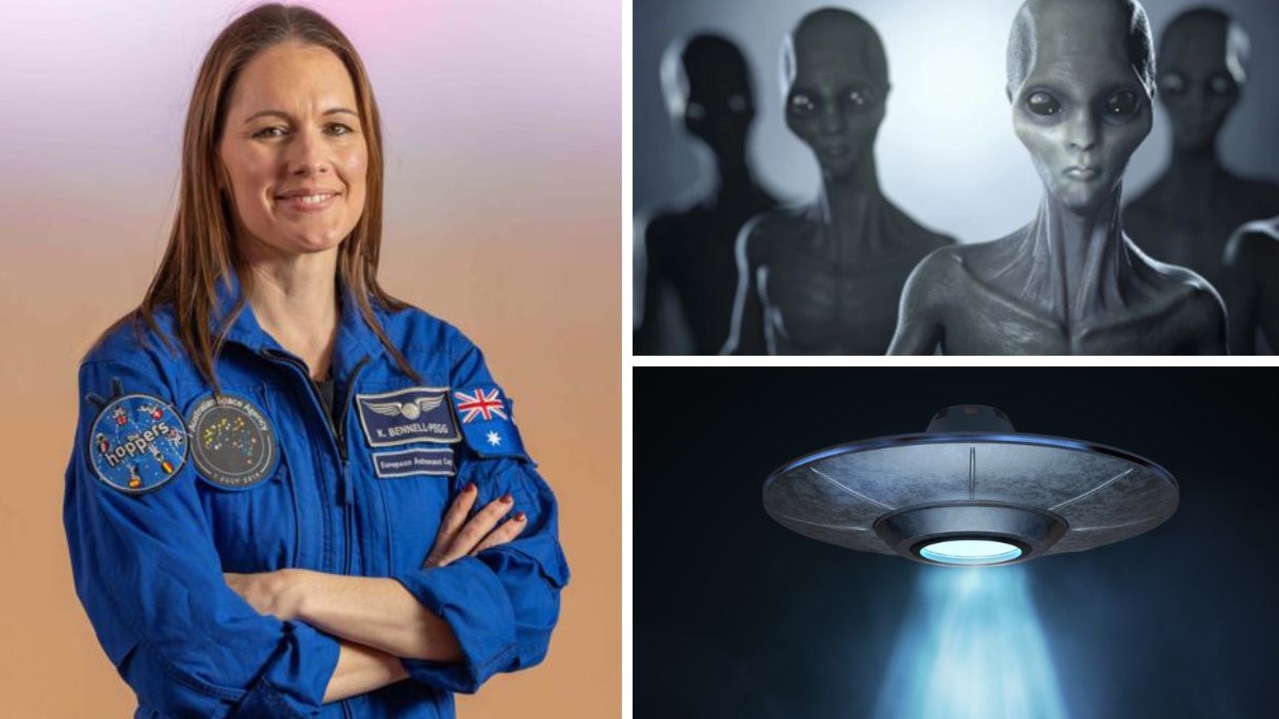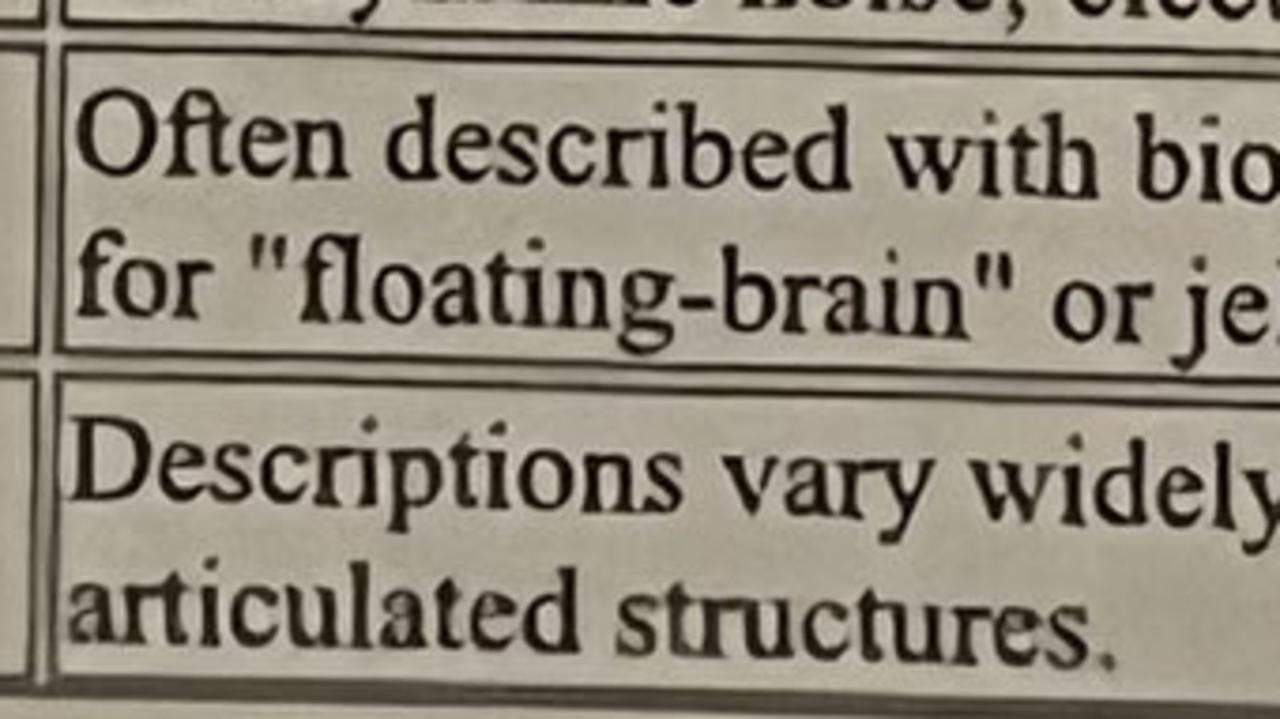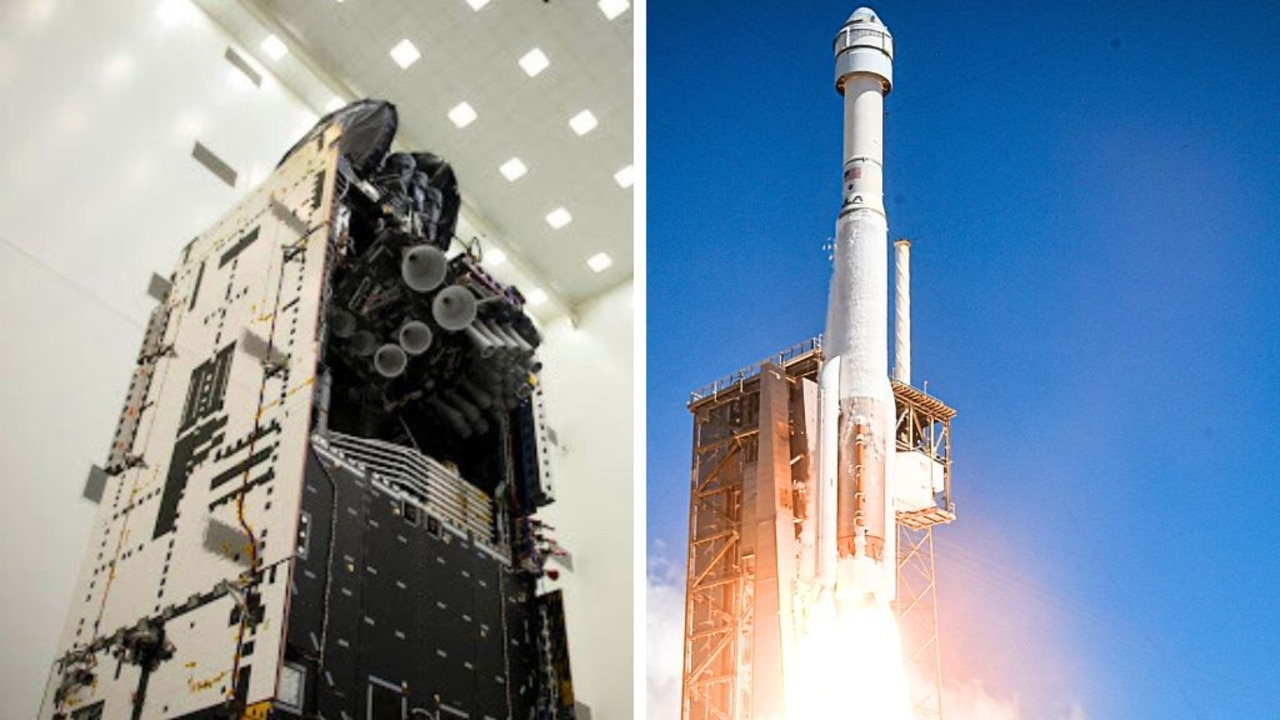NASA’s moon-orbiting robot crashes
NASA’s robotic moon explorer, LADEE, is no more, having made a controlled crash into the back side of the moon.

NASA’s robotic moon explorer, LADEE, is no more.
Flight controllers confirmed early on Friday that the moon-orbiting spacecraft crashed into the back side of the moon as planned.
Researchers believe LADEE likely vaporised upon contact because of its extreme orbiting speed of 5800kph, possibly smacking into a mountain or side of a crater. No debris would have been left behind.
“It’s bound to make a dent,” project scientist Rick Elphic predicted on Thursday.
By Thursday evening, the spacecraft had been skimming the lunar surface at an incredibly low altitude of 100m. Its orbit had been lowered on purpose last week to ensure a crash by Monday following an extraordinarily successful science mission.
LADEE — short for Lunar Atmosphere and Dust Environment Explorer — was launched in September from Virginia. It completed its primary 100-day science mission last month and was on overtime.
Survivor ... an illustration shows the Lunar Atmosphere and Dust Environment Explorer (LADEE) orbiting the moon. Picture: Dana Berry
The extension had LADEE flying during this week’s lunar eclipse; its instruments were not designed to endure such prolonged darkness and cold. But the small spacecraft survived — it’s about the size of a vending machine — with just a couple pressure sensors acting up.
LADEE did not have enough fuel to remain in lunar orbit beyond mission’s end and keep collecting science. So from the outset, NASA planned to crash the spacecraft into the back side of the moon, far from the Apollo artefacts left behind during the moonwalking days of 1969 to 1972.
During its mission, LADEE identified various components of the thin lunar atmosphere — neon, magnesium and titanium, among others — and studied the dusty veil surrounding the moon, created by all the surface particles kicked up by impacting micrometeorites.
“LADEE’s science cup really overfloweth,” Elphic said earlier this month.
“LADEE, by going to the moon, has actually allowed us to visit other worlds with similar tenuous atmospheres and dusty environments.”



